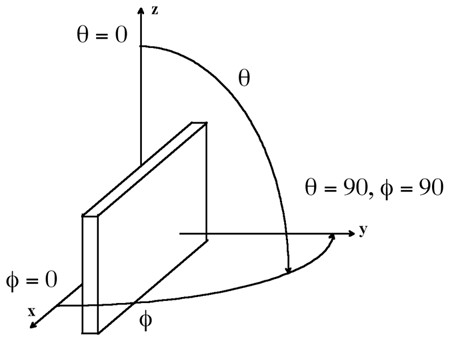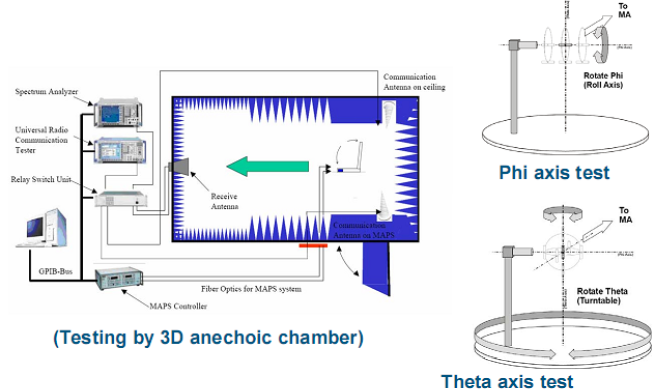Introduction
One of the major components of a wireless Access Point is the antennas. These radio components come in different shapes and sizes to fit specific deployment needs, and each access point can bundle multiple antennas for sending and receiving signals in order to benefit from the MIMO (Multiple Input/Multiple Output) technology and obtain higher throughput and signal resilience, also the arrangement of multiple antennas internally to a single WLAN access point can be used to influence the shape and behavior of the wireless signal (both on transmit and receive). To better understand how each GWN access point model broadcasts the wireless signal, this paper provides radiation patterns to help engineers during the deployment process.
We begin this report with a glossary of basic definitions related to antennas’ radio characteristics and then progress through the specific radiation patterns for the GWN7660LR access point series.
Terminology
In this first part, we will provide a quick brief review of some fundamental concepts related to antennas and radio propagation:
Antenna
An antenna is a transducer between a feed signal and radiated wave over the space, it is usually attached to a transmitter/receiver unit and the radiated energy is characterized by the antenna’s radiation pattern.
Antenna pattern
The radiation pattern or antenna pattern is the graphical representation of the radiation properties of the antenna and how it radiates energy out into space or how it receives energy (reciprocity). An antenna radiates energy in all directions, at least to some extent, so the antenna pattern is actually three-dimensional. It is common, however, to describe this 3D pattern with planar patterns, called the principal plane patterns. These principal plane plots are commonly referred to as antenna radiation patterns.

Isotropic radiator
An isotropic radiator is a hypothetical lossless antenna that radiates its energy equally in all directions. This imaginary antenna would have a spherical radiation pattern and the principal plane cuts would both be circles since any plane cut through a sphere would be a circle.
Efficiency
The efficiency of an antenna is a ratio of the power delivered to the antenna relative to the power radiated from the antenna. A high-efficiency antenna has most of the power present at the antenna’s input radiated away. A low-efficiency antenna has most of the power absorbed as losses within the antenna or reflected away due to impedance mismatch Which causes an antenna to not have an efficiency of 100%.
Antenna efficiency losses are typically due to:
– Conduction losses (due to finite conductivity of the metal that forms the antenna).
– Dielectric losses (due to conductivity of a dielectric material near an antenna).
– Impedance mismatch loss.
Test environment
This test report gives schematic diagrams with antennas distribution of GWN76XX access points series, along with the antenna radiation patterns of both 2.4Ghz and 5Ghz frequencies in order to help engineers during the deployment process.
Please note that these radiation patterns are gathered in a fully anechoic environment. Their shape will change in installed environments depending on the obstacles that the wireless signal might face. Every deployment will behave differently due to materials, geometries of structures, etc, and how these materials behave at 2.4GHz and 5GHz.
The below figure gives an overview of the used test environment:

GWN7660LR Antenna Characteristics
Antenna Patterns
In this section, we provide the resulting antenna radiation patterns for the GWN7660LR access point from the conducted test, the pattern plots provided are for the elevation (vertical) plane and azimuth (horizontal) plane as well as the 3D mapped model.
Table 1: GWN7660LR Antenna Radiation Patterns








